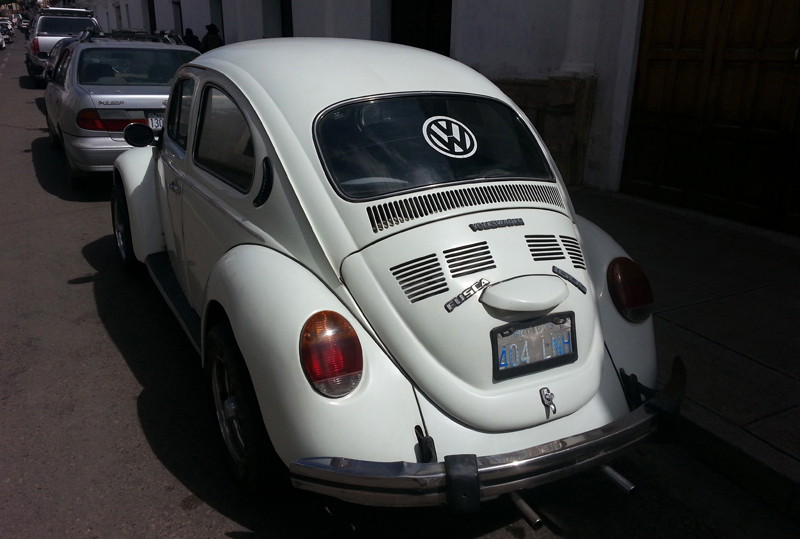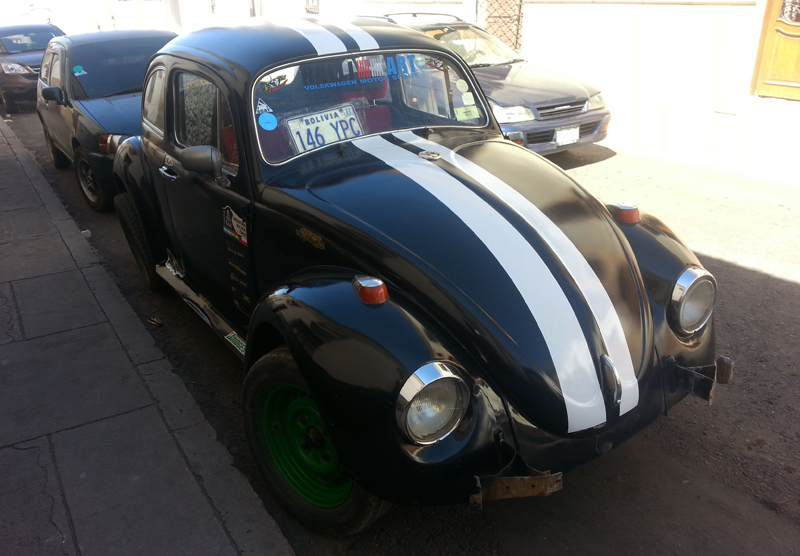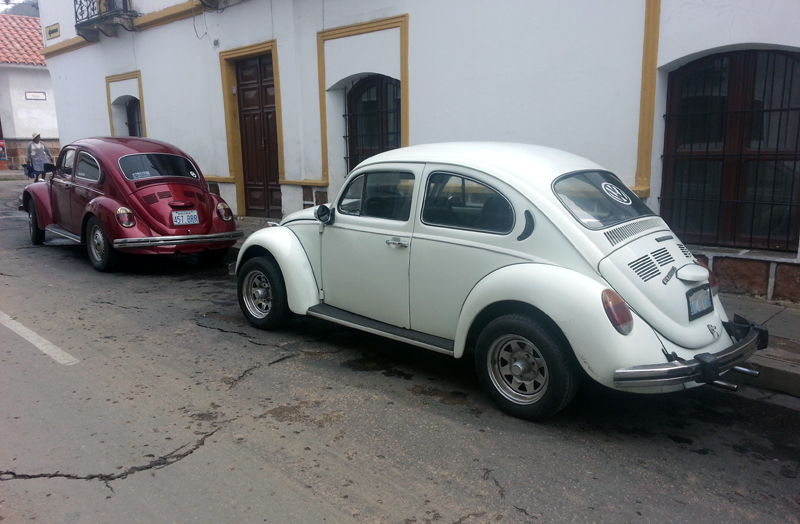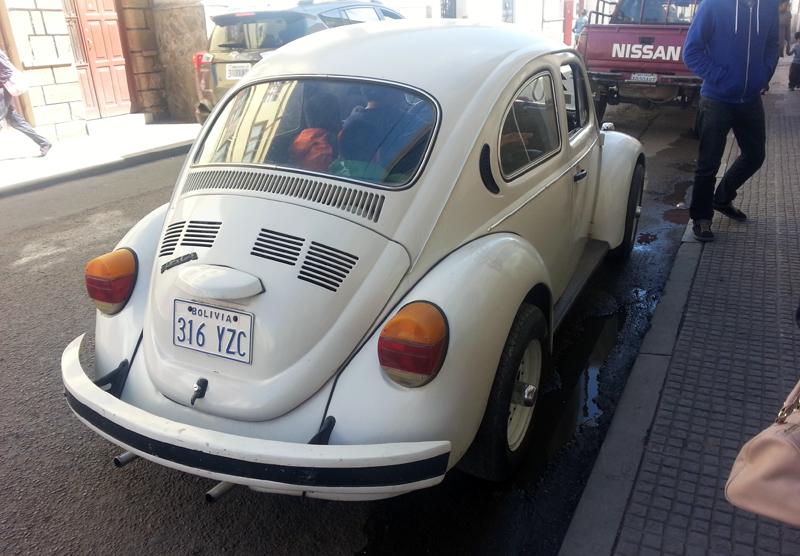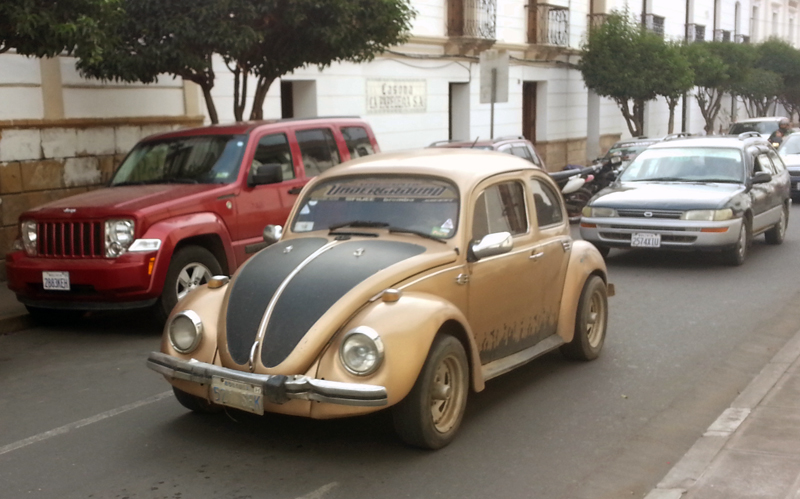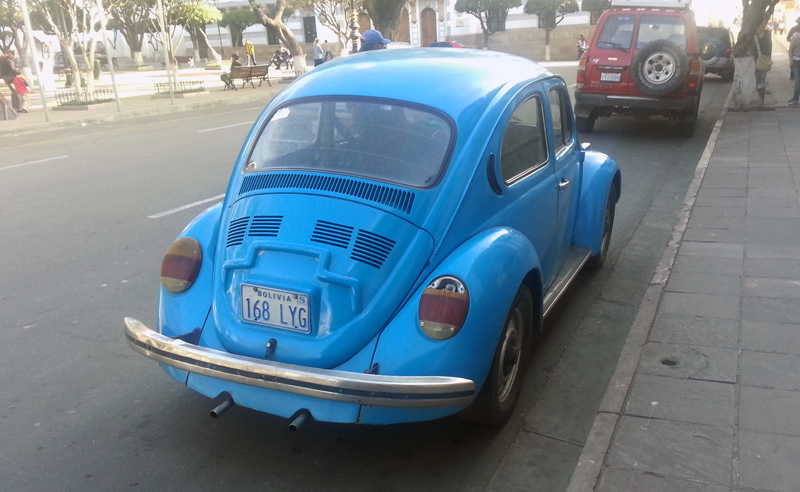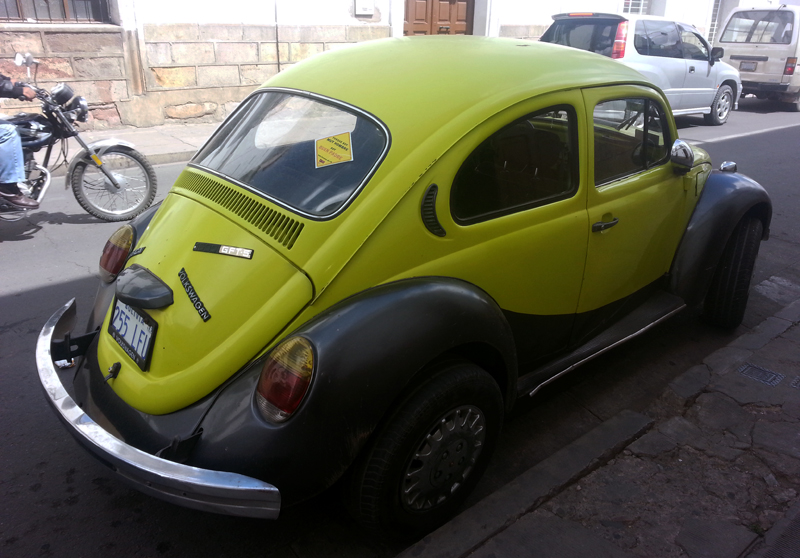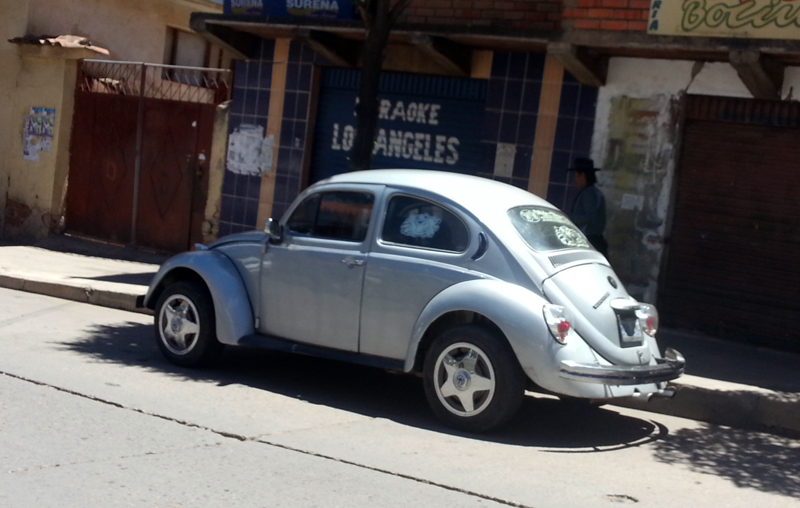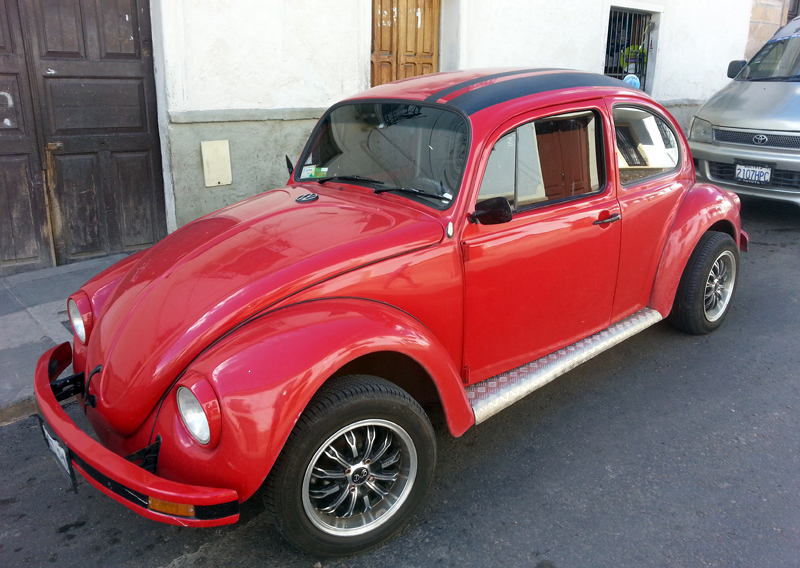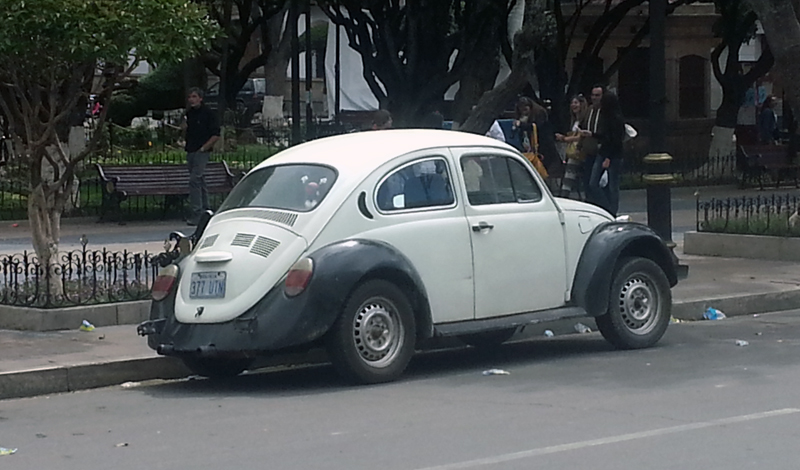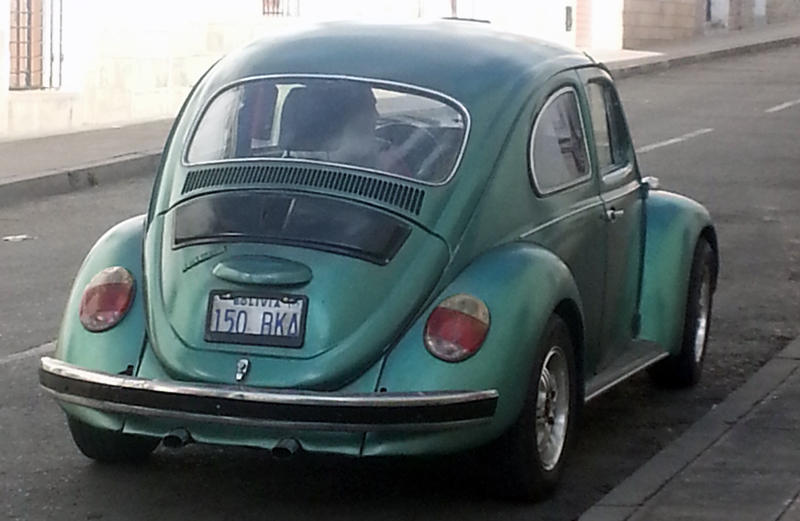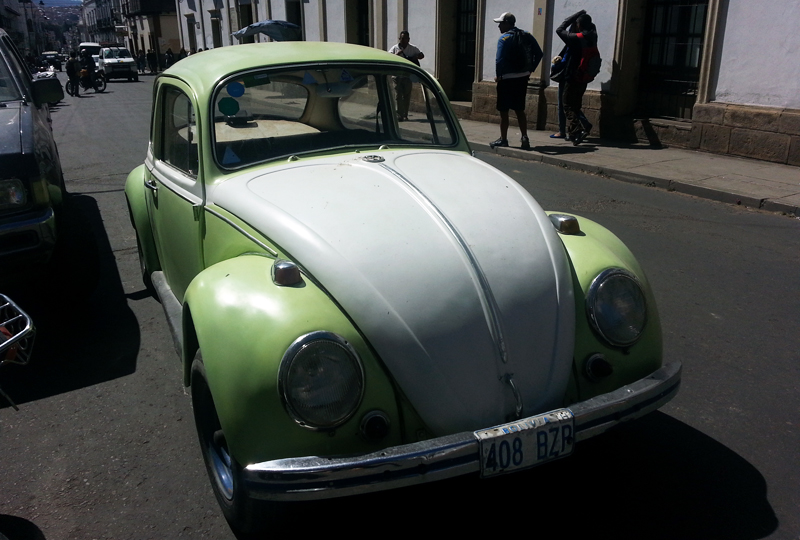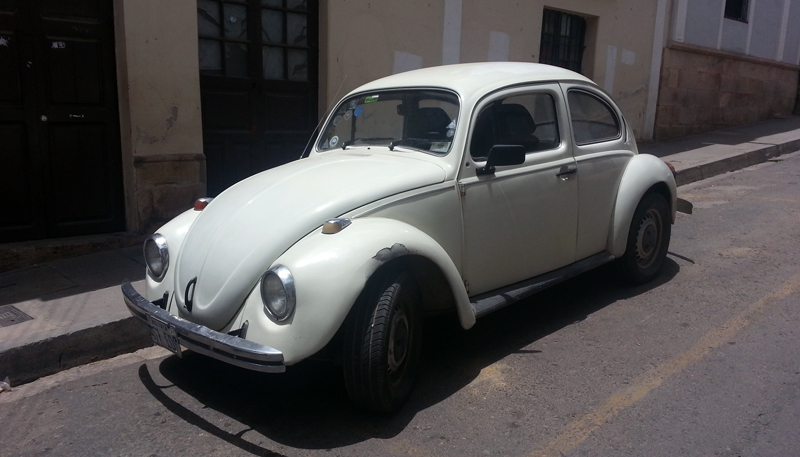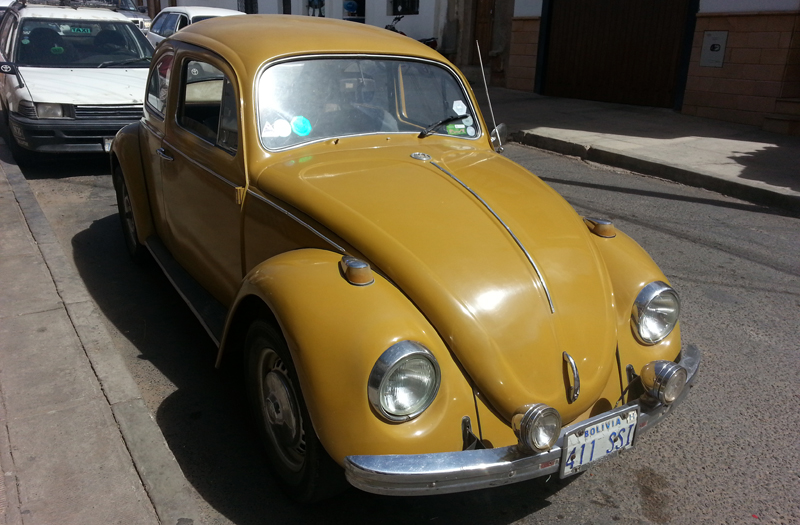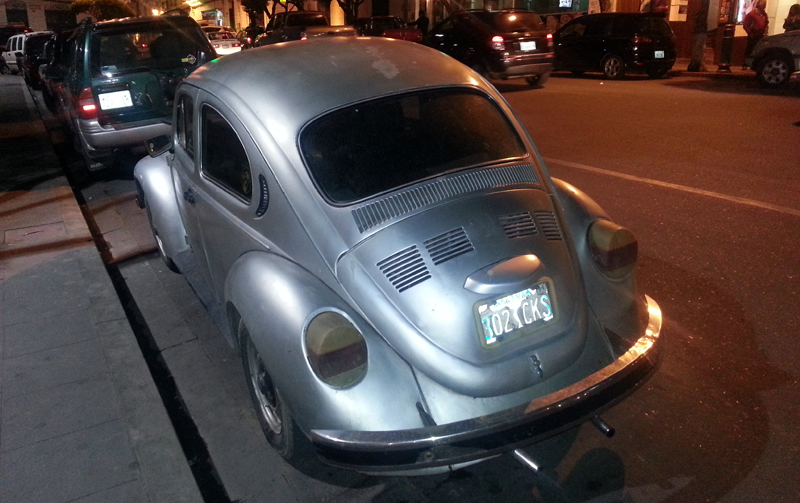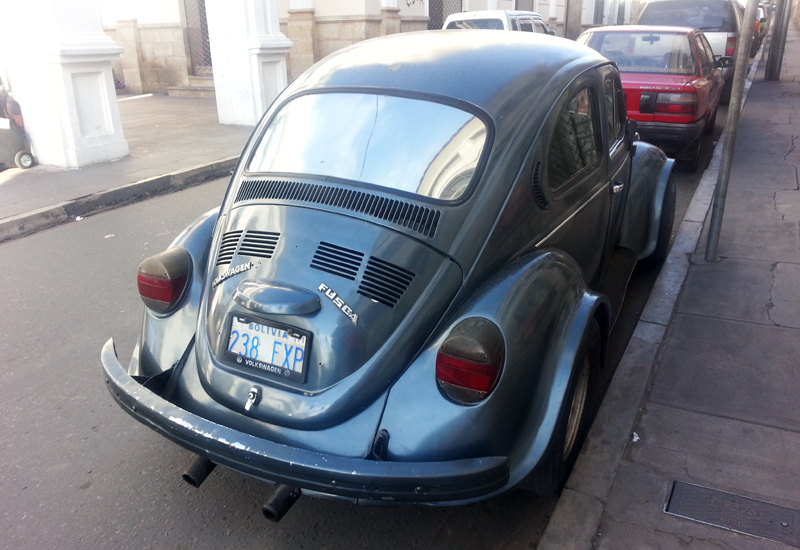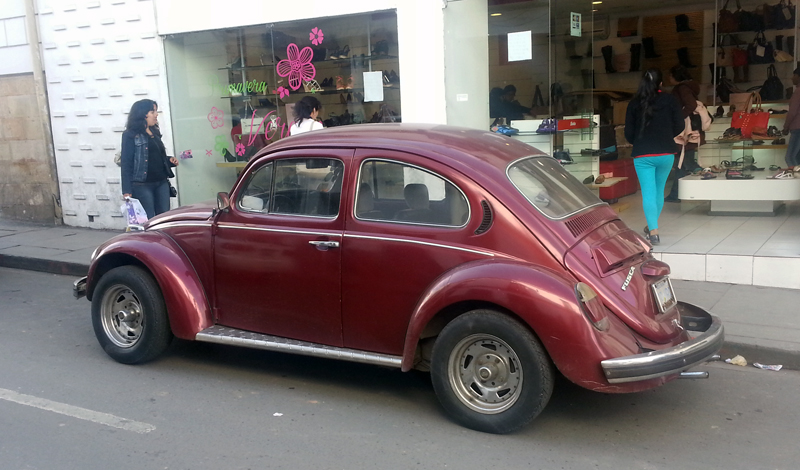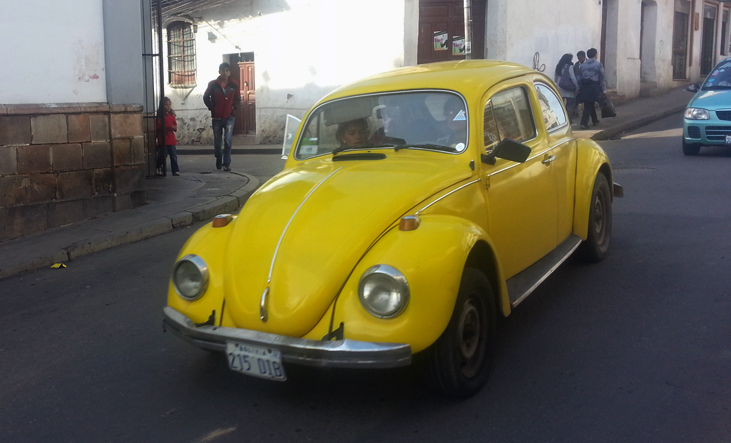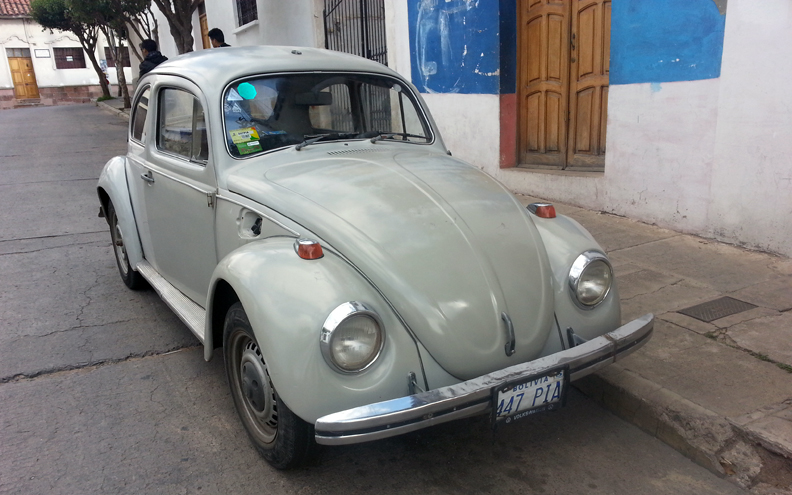Sucre is technically the capital of Bolivia.
In all practical ways, La Paz, a chaotic city 12,000 feet above sea level in the Andean mountains, is the nation’s capital. That is where the president lives. That is where the Bolivian Congress enacts laws. And together with an adjacent, sprawling sister city that spun off in the mid-1980s (El Alto), La Paz is a highland metropolis that is home to about 1.6 million Bolivians.
Tiny Sucre endures as the constitutional capital, however, and thus technically robs La Paz of its claim as the world’s highest capital city. (Few really care: Even Wikipedia lists La Paz first on its list, noting that it is nearly 2,600 feet higher than second-place Quito, Ecuador, and more than 3,000 feet higher than Bogotá, Colombia.)
Though it is home to just 300,000 people and only one branch of government (judicial branch and the Supreme Court), the relatively low-key colonial city has a special place in Bolivian history. It is here where the constitution was signed by the country’s namesake, Simón Bolívar, the renowned Venezuelan El Libertador of South America who led the military rebellion that overthrew Spanish rule in Bolivia, Peru, Ecuador, Colombia, and Venezuela.
More than two centuries later, Sucre, which was named for Venezuelan independence leader Antonio José de Sucre, endures as one of the country’s largest population centers and one of the region’s signature colonial cities.
Beyond the period-typical architecture, white-walled buildings, and lovely main plaza, one other thing stood out during my time in Sucre: Beetles.
No, the city square isn’t infested by bugs. Not literally anyway.
But it is overrun with the iconic Volkswagen vehicles. Seriously, you couldn’t walk more than a block or two without seeing one parked on the street or driving through the well-worn streets.
It isn’t clear if this is something resembling the old-timey car culture of the Cuban capital Havana, where economic crisis has persisted for decades and cultivated a population that goes to great lengths to preserve their now-classic automobiles.
Perhaps people here just love the Beetle. There is some precedence in South America for adoring this car. Former Uruguayan President José Mujica, whose humble lifestyle saw him dubbed the “world’s poorest president,” famously drove a 1987 edition throughout his time in office from 2010 to 2015.
Another prominent version resides in Mexico City. This auto has become a literal piece of art, covered in millions of beads before being put on display in the national capital’s Popular Art Museum as a quirky stylistic example of Huichol cultural heritage.
From an economic perspective, small cars are also just popular all across Latin America — especially in Bolivia, where streets are narrow, traffic can be treacherous, and parking is always a challenge.
“Small cars are forecast to grow 3% compound annual growth rate between 2014 and 2030,” said Neil King, an analyst at Euromonitor International, in a recent report from the firm. “Key social changes such as urbanization, increased female employment, smaller households, and an aging population in conjunction with increasing emissions regulations are some of the reasons the small car segment is growing quickly. By 2030, global volumes for light vehicles will reach 133 million.”
Whatever the reason for the citywide fascination with a vehicle nicknamed The Bug, we know that this is one of the few places where the car will have such a presence. The German carmaker stopped producing the Beetle in 2003, although an updated (and much-less-adored) version was reissued in subsequent years.
Even with their renowned durability, these Bolivian Bugs certainly won’t last forever. So locals and tourists alike will simply have to enjoy them now until they fade into memory — just as they have in much of the rest of the world.
To further pay homage to this modern-day capital of the Volkswagen Beetle, we present that following image gallery. All of these photos were taken during October 2013, and to the best of our knowledge, each is a different car (despite the similarity of certain colors and designs).


